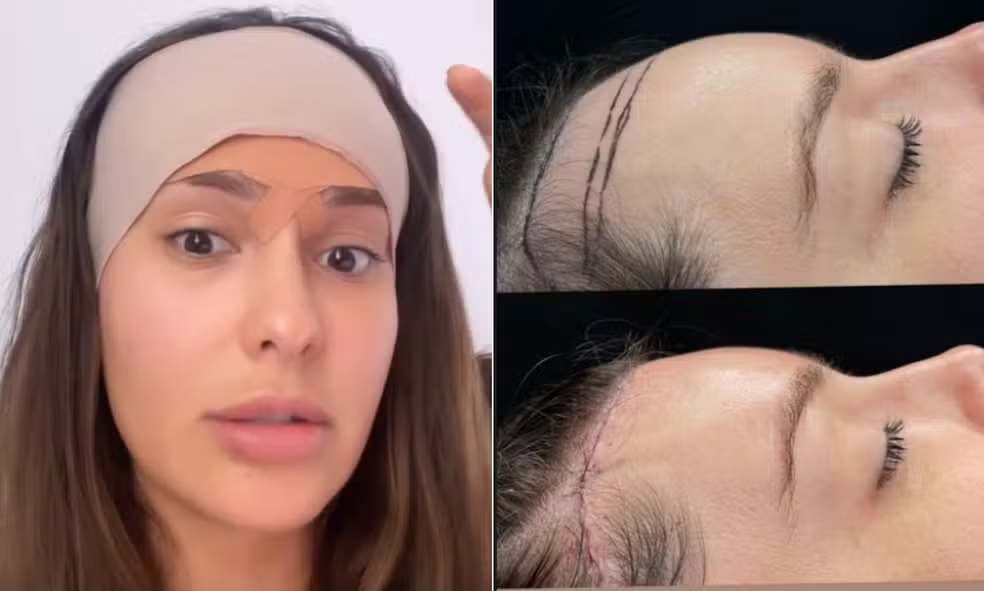Reverse T or Anchor Abdominoplasty: Indications, Technique, and Results
Anchor abdominoplasty, also known as reverse T abdominoplasty, is a variation of the traditional tummy tuck indicated mainly for patients who have experienced massive weight loss — whether after bariatric surgery or significant lifestyle changes.
In these cases, the skin excess extends both vertically and horizontally, requiring a more comprehensive surgical approach to restore abdominal contour and firmness.
What Is Anchor Abdominoplasty?
Anchor abdominoplasty removes excess skin and fat from the abdomen in two directions:
- Cephalocaudal (top to bottom)
- Lateral-lateral (side to side)
This dual resection is necessary because, after major weight loss, the skin becomes lax in multiple directions.
If the correction were made only by pulling the skin downward, residual side flaccidity would remain, compromising the final result.
Therefore, the anchor technique achieves a complete tightening of the abdomen, improving firmness, symmetry, and waist definition.
Who Is a Candidate?
This surgery is ideal for patients with large amounts of loose abdominal skin, typically after:
- Bariatric surgery;
- Major and sustained weight loss;
- Multiple pregnancies with significant skin and muscle stretching;
- Previous surgeries that left tissue redundancy.
Such patients often present severe abdominal flaccidity, both above and below the navel, as well as on the sides — requiring a broader approach than a standard tummy tuck.
How the Surgery Is Performed
Anchor abdominoplasty is performed under general or epidural anesthesia with sedation.
The surgeon makes two main incisions:
- A horizontal incision similar to the traditional abdominoplasty (above the pubic area);
- And a vertical incision from the navel down to the lower scar.
Together, these incisions form the shape of an anchor or inverted “T”.
During the procedure, the surgeon removes the excess skin and fat, tightens the abdominal muscles (rectus plication) when necessary, and may combine liposuction for better contouring.
The belly button is repositioned, ensuring natural and proportional abdominal aesthetics.
Scar and Results
The final scar consists of two components:
- A horizontal, slightly curved line across the lower abdomen;
- And a vertical line running from the pubic area toward the navel.
Although more extensive, the scar is easily concealed by underwear or swimwear, and the overall improvement in body shape usually outweighs its visibility.
Results include:
- Significant reduction in excess skin;
- Improved abdominal contour;
- Restoration of firmness;
- Enhanced self-esteem and comfort.
Recovery and Aftercare
Recovery requires relative rest during the first few weeks, consistent use of a compression garment, and regular medical follow-up.
Lymphatic drainage sessions, proper nutrition, and avoiding strenuous activities are essential for smooth healing.
Final results are typically seen between 3 and 6 months, with continuous improvement in scar appearance and skin texture.
Conclusion
Anchor abdominoplasty is a highly effective surgical option for patients who have lost substantial weight and present extensive abdominal skin laxity.
When properly indicated and performed by an experienced surgeon, it provides long-lasting results, a firmer abdomen, and a balanced, natural silhouette — helping patients regain both comfort and confidence.






